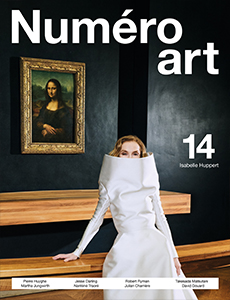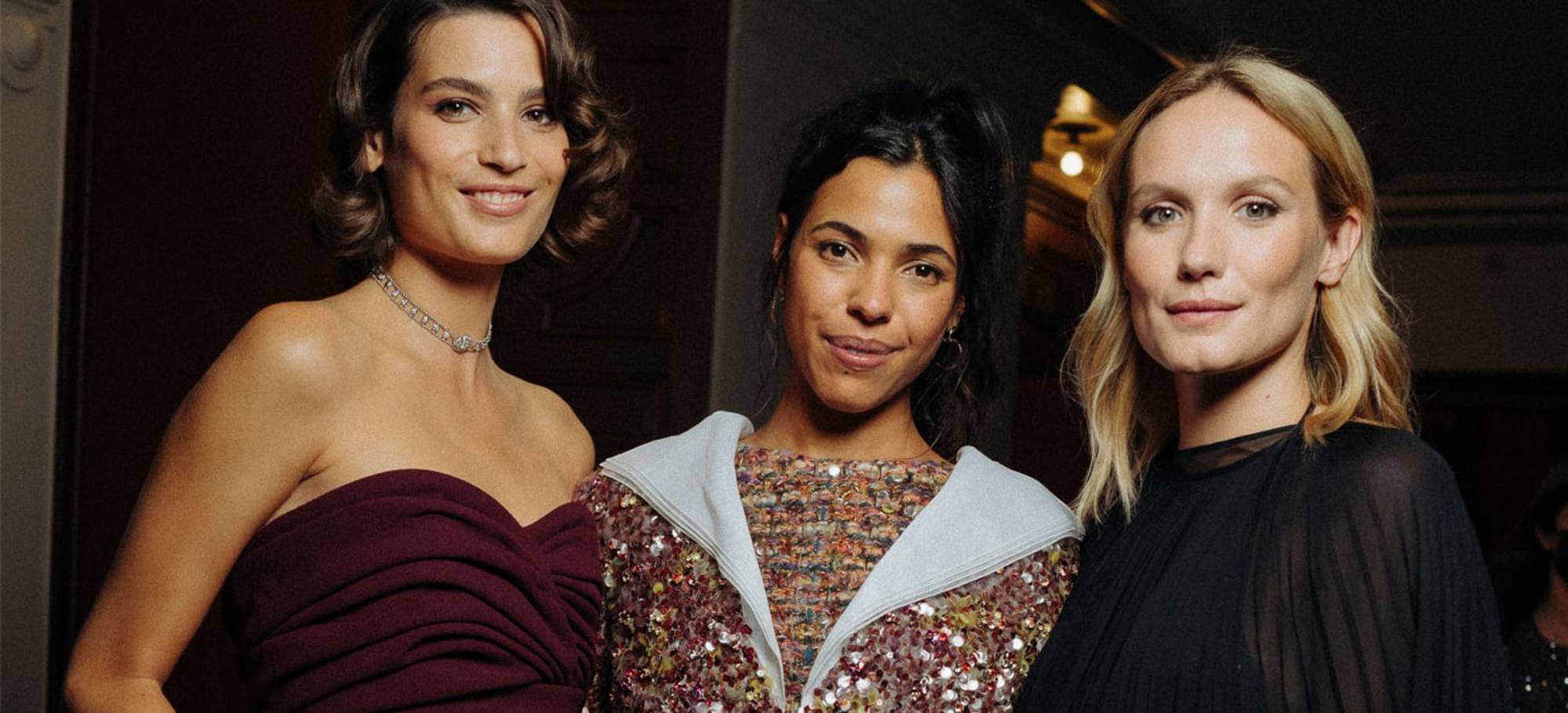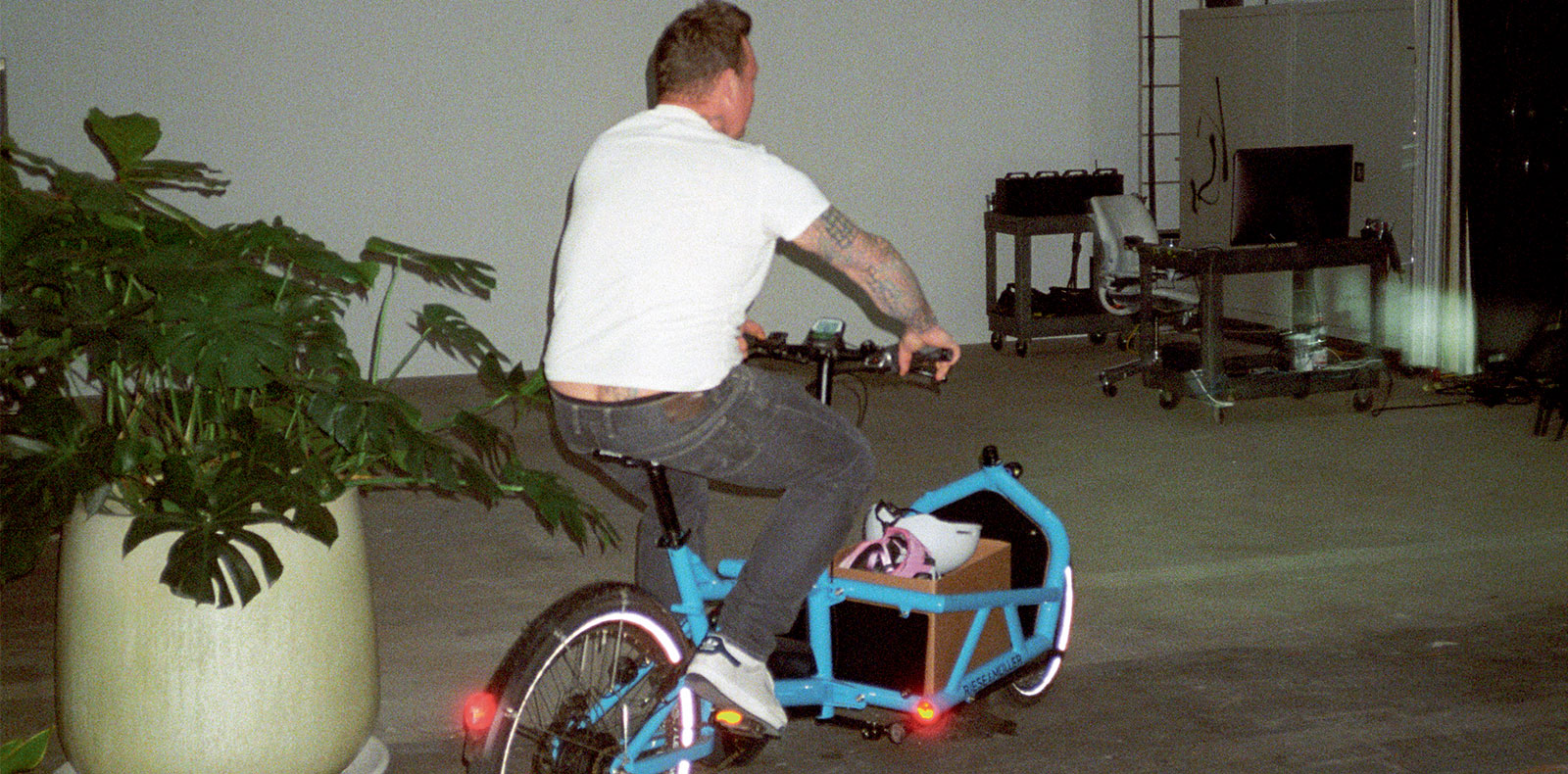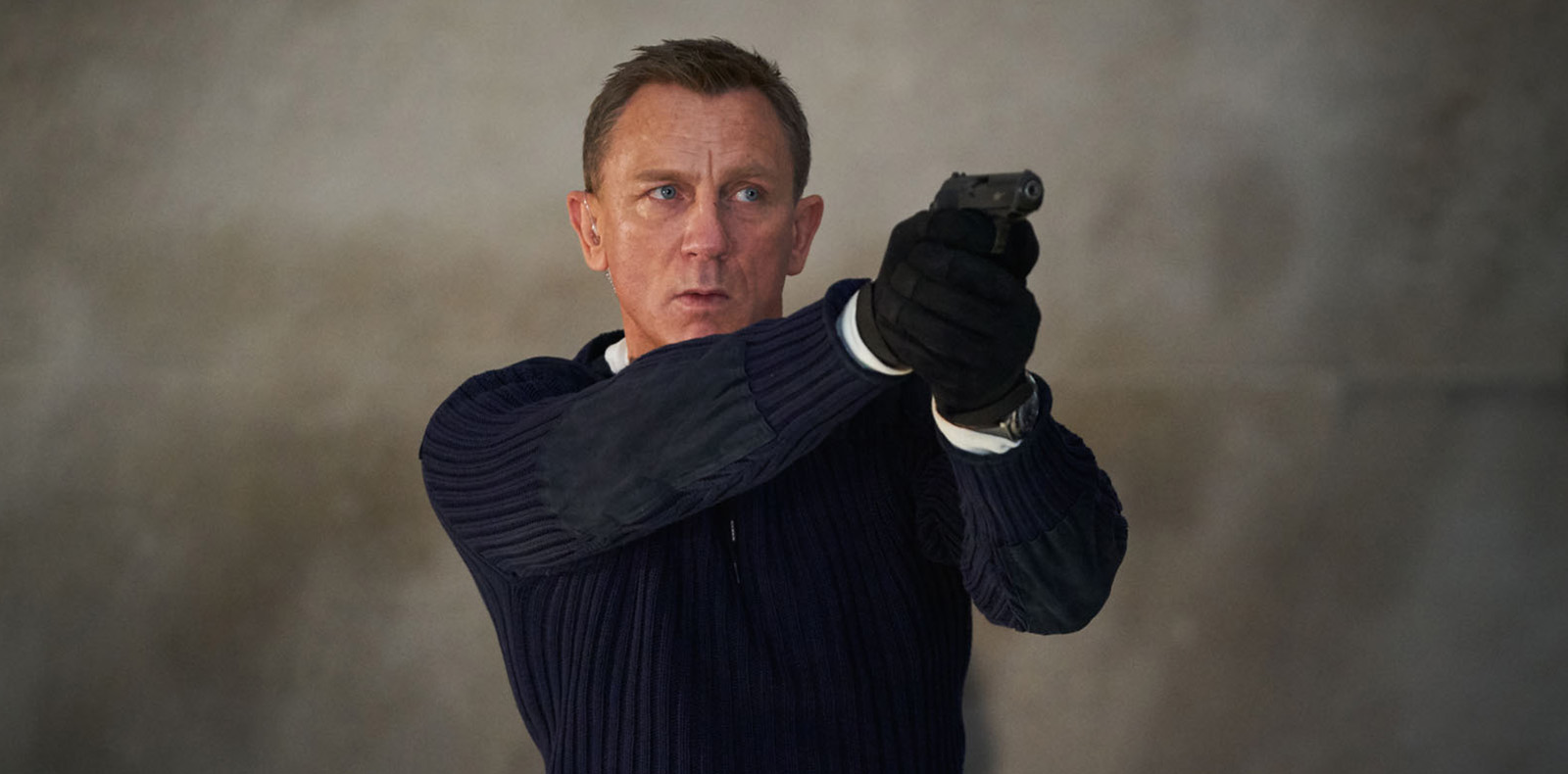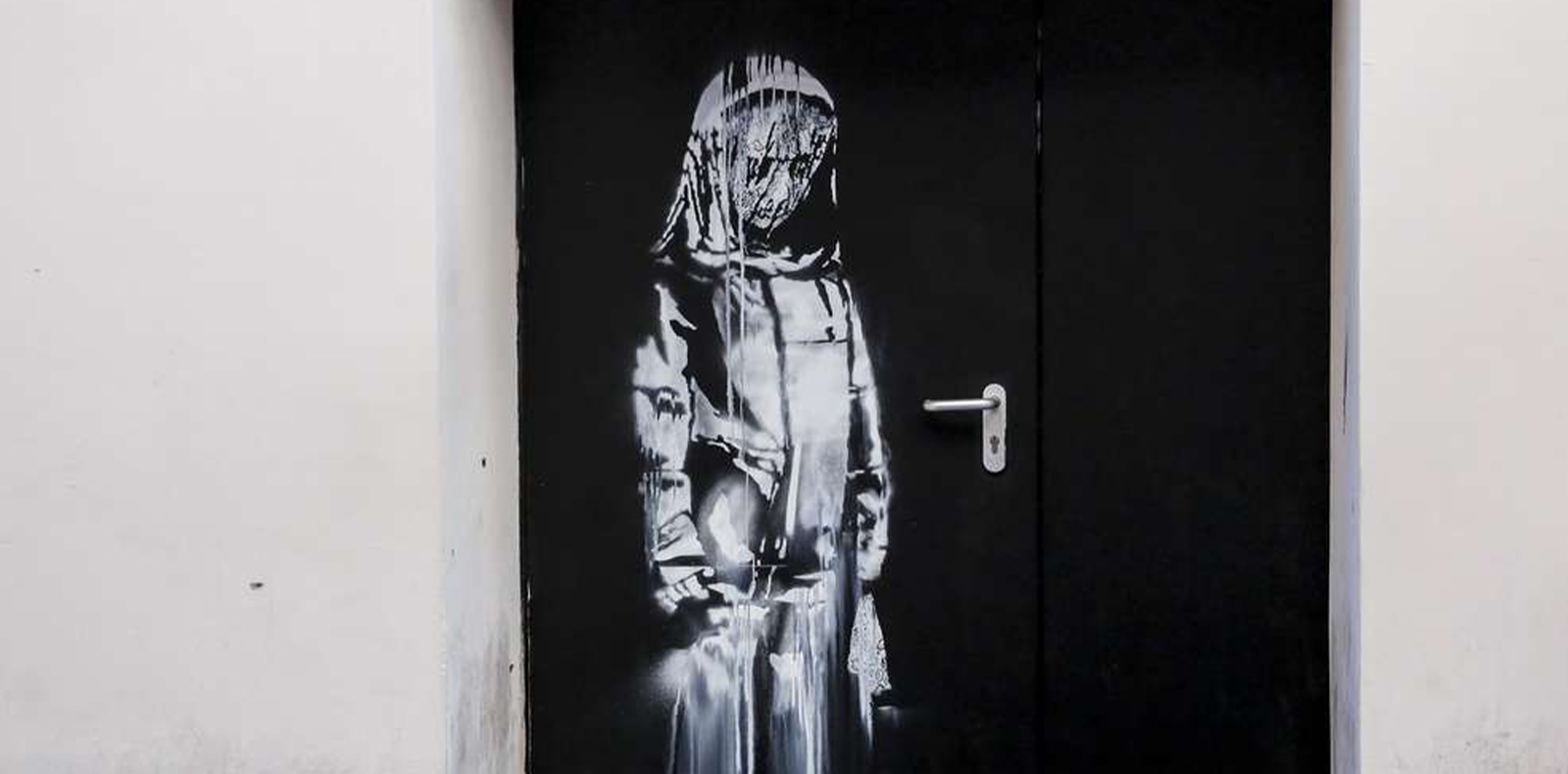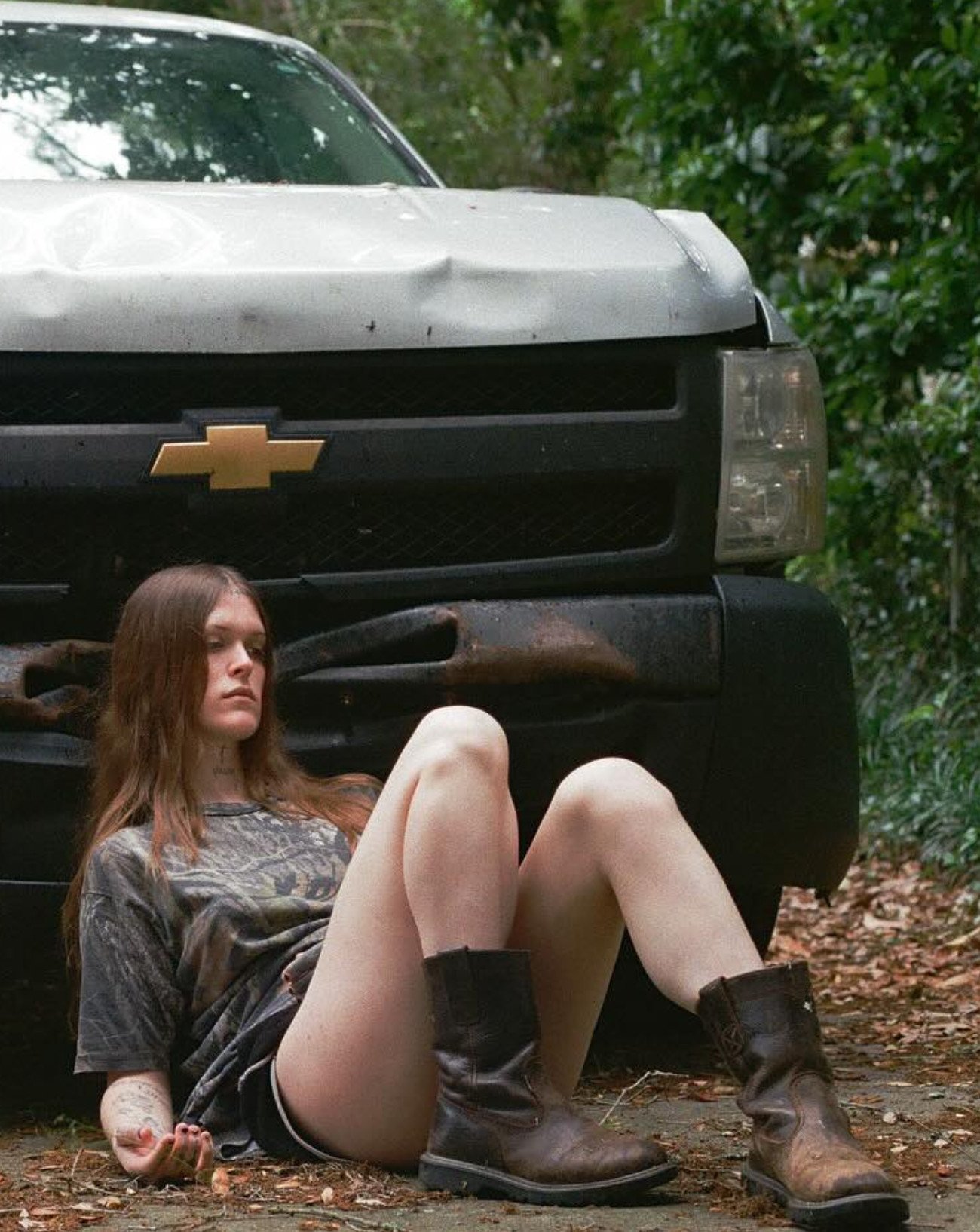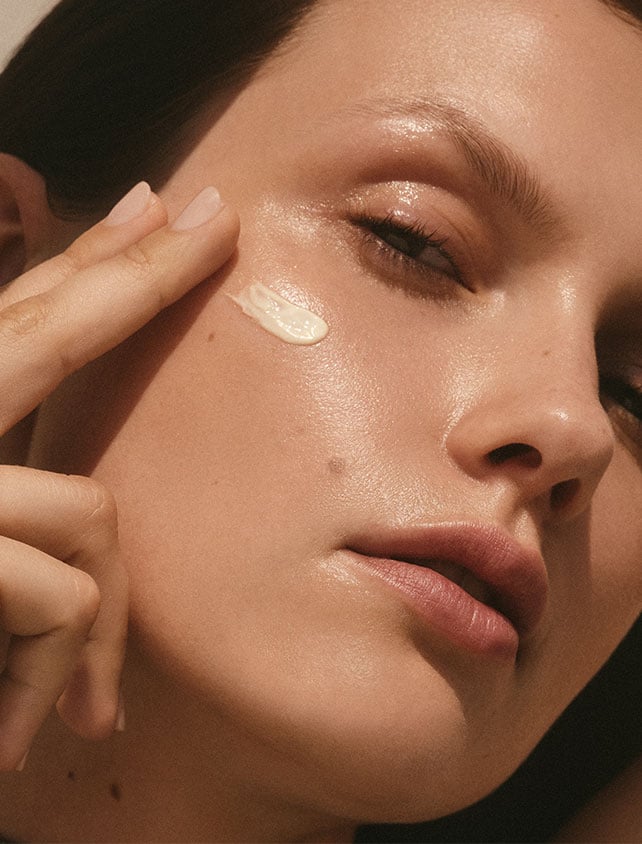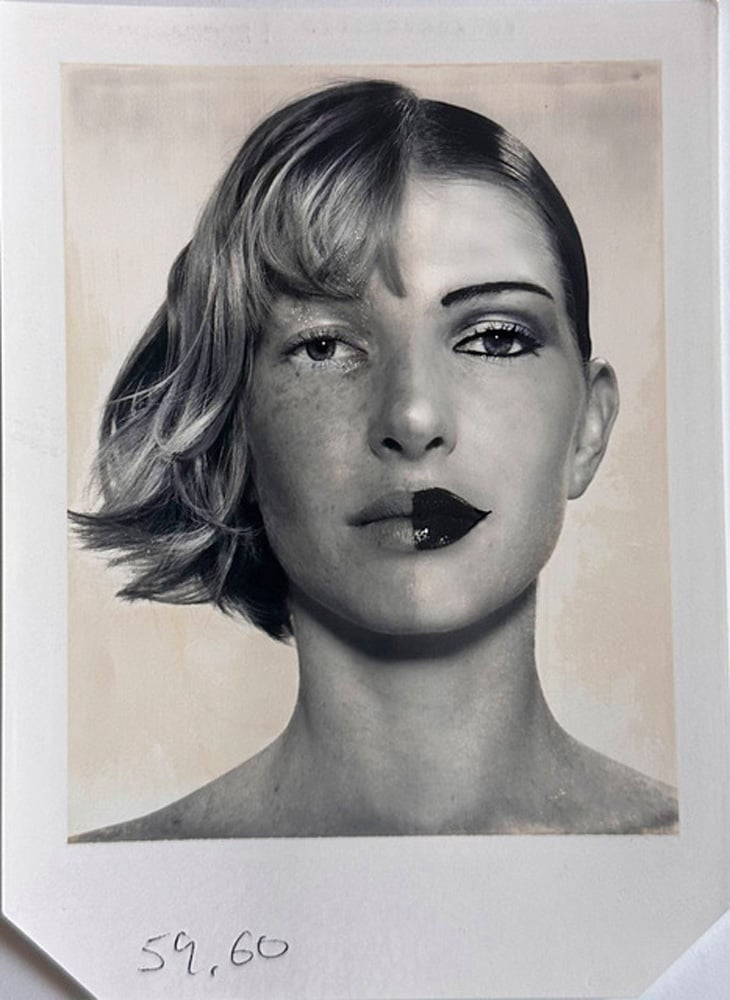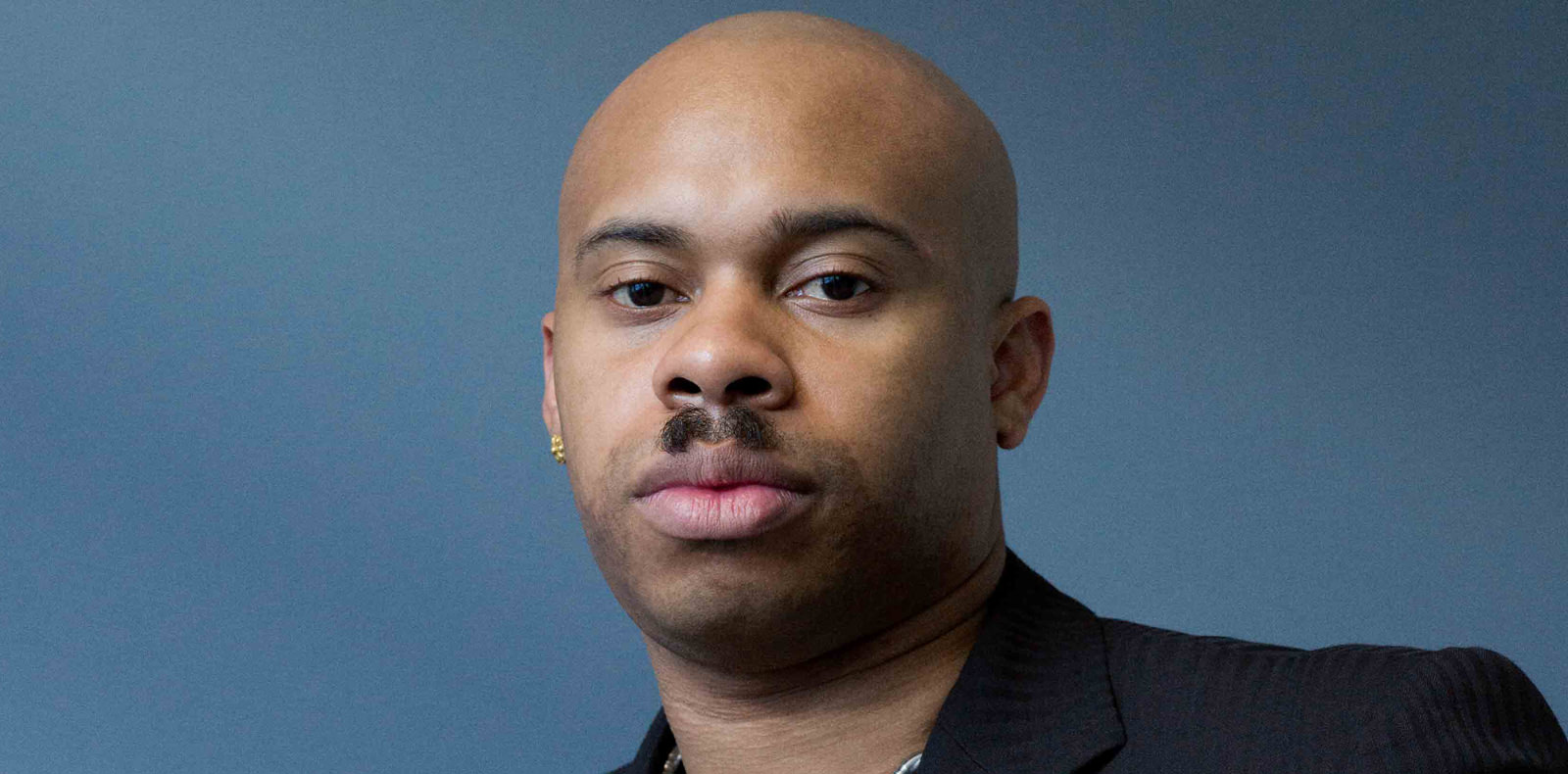
6
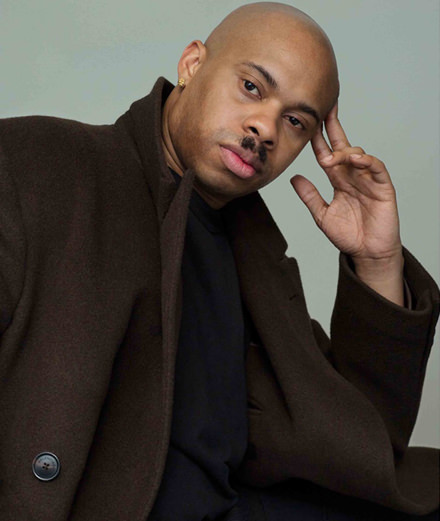
6
“Today everyone is becoming a brand, there are no more designers.” Interview with Shayne Oliver
With his label Hood By Air, the New York-based designer invented a way of combining streetwear and fashion that spoke to a whole new generation. Invited by fashion label Helmut Lang to be artistic director for a season, Oliver has revisited the house’s heritage with wit and brio. Numéro asked him all about the experience.
By Delphine Roche,
Portrait by Éric Nehr.
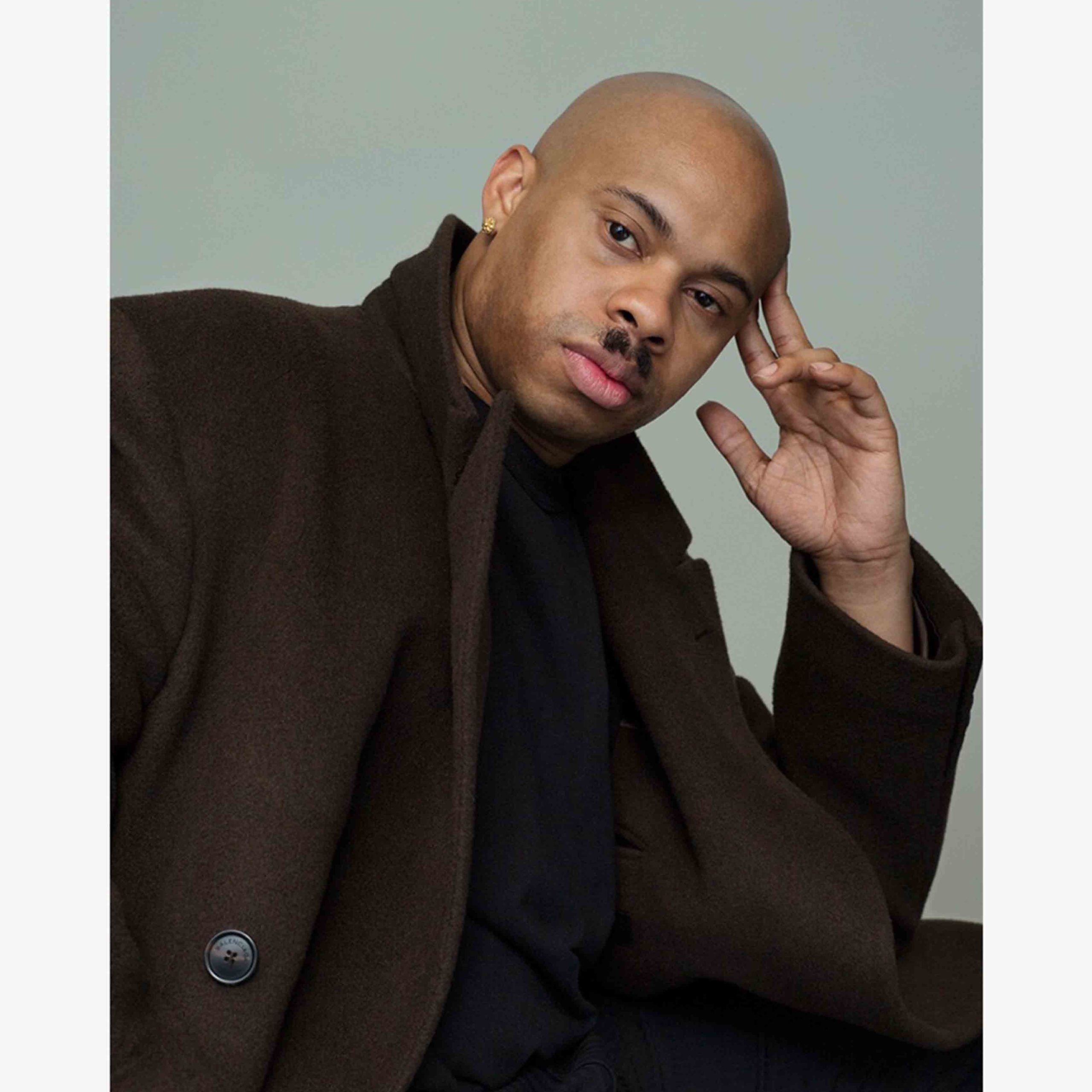
Numéro : Why did you decide to put your label Hood By Air on standby? Was it before or after being contacted by Helmut Lang?
Shayne Oliver : I put HBA on standby in January 2017. We were trying to figure out what the next steps would be for the brand, thinking about moving to Paris. There was a lot of miscommunication between the business side of things and the management – a lot of the decisions were made in this very panicky way, and no one created a real business system within HBA. We could have moved to Paris and become a sort of intimate brand, close to the customer, but we didn’t really have a sales director. Everyone began working on personal projects. It was the right moment to pause and figure out internal problems. And a lot of insiders in the fashion business have started to… not steal, but become part of the market that we’d created. These people had a business structure, and that wasn’t part of the DNA of HBA. I felt I was just putting ideas out there, creating new brand theories, new ways of thinking about marketing, about the meaning of fashion, without gaining anything, not only financially but also in terms of recognition. It became really discouraging for me to want to do something new, upgrade the game, while no one internally was taking advantage of it businesswise or creating a guideline for people to speak about the brand. It was the right time to take a break. Especially given how things are now – I didn’t want to get involved in this weird streetwear thing that’s happening at the moment. Those are ideas I grew up with, things I know. I’m not doing it because I want to take advantage of the streetwear market. Where HBA is concerned, the next step will be finding a structure for the brand that lets me do what I need to do as a designer. I want to do something I’m comfortable with, something I feel is new. As a consumer, I don’t feel like I want to buy – I’m lost. Because everything looks like gimmicky clothes. It’s all about statement, there’s nothing that’s really designed.
Your role at Helmut Lang, where you produced a collection called Helmut Lang Seen By Shayne Oliver, was very much like that of a curator. Did you approach it in that spirit?
Yes, absolutely. Because if I’m working with them for just one season, it doesn’t make sense to create something new. You just curate. It was like both Helmut Lang and myself in this conversation, about creating a taste level for myself based on the history of Helmut Lang. That was the most organic thing to do.
“Today everyone is becoming a brand, there are no more designers. I don’t think that’s a problem, but I just think that you can’t call things fashion when there are no designers. No one is saying, ‘This is what I designed this season, you can buy into it.’ It’s the other way around: ‘Look what I’m implementing into these criteria, buy into this because this is actually just a brand.’ People forget that the aesthetics that someone created are for a reason.”
As a designer, you’ ve been strongly influenced by Helmut Lang in your HBA work. What aspects of his oeuvre did you focus on in this collection?
I wanted to explore the sensuality of what he’d done in the past. There was very little physical archive for me to explore, so the idea of working with his oeuvre became very fetishized. I began to think about how he’d been a sort of fashion pornographer, and created a new fetishism based on fashion, on how people dress in codes. I began to think about bras, socks, underwear, undergarments, lipstick, ritualistic hairstyles, and essentially just pulled and plucked at the archive that I had. From what little there was I picked three coats, and all the basics: a pair of slacks, a pair of jeans, a tank top, a men’s shirt, a women’s basic dress. I wanted to follow a storyline of keeping it sensual and focusing on his eveningwear. Because I’m sure that some of the designers who come after me will focus on the bomber jacket, but I feel this is something that has been exhausted by the current generation. I’m not trying to sell Helmut Lang to this generation – I want them to understand the attitude and the vibe he put out. So I took whatever they had and restyled it – made the waist lower, made it higher, pulled the jacket to the side, pinned the dress up. And we created new patterns from that. Nothing was created from scratch. It was only about using old things, pulling and tugging. Except for the accessories: the collection was heavily accessorized because it just felt right. I was trying to distil what I felt about the clothes. That’s where the bra bag came from, and the folders based on a school-uniform idea – we created fashion binders, as though you were going to school but with a clutch.
PHOTO
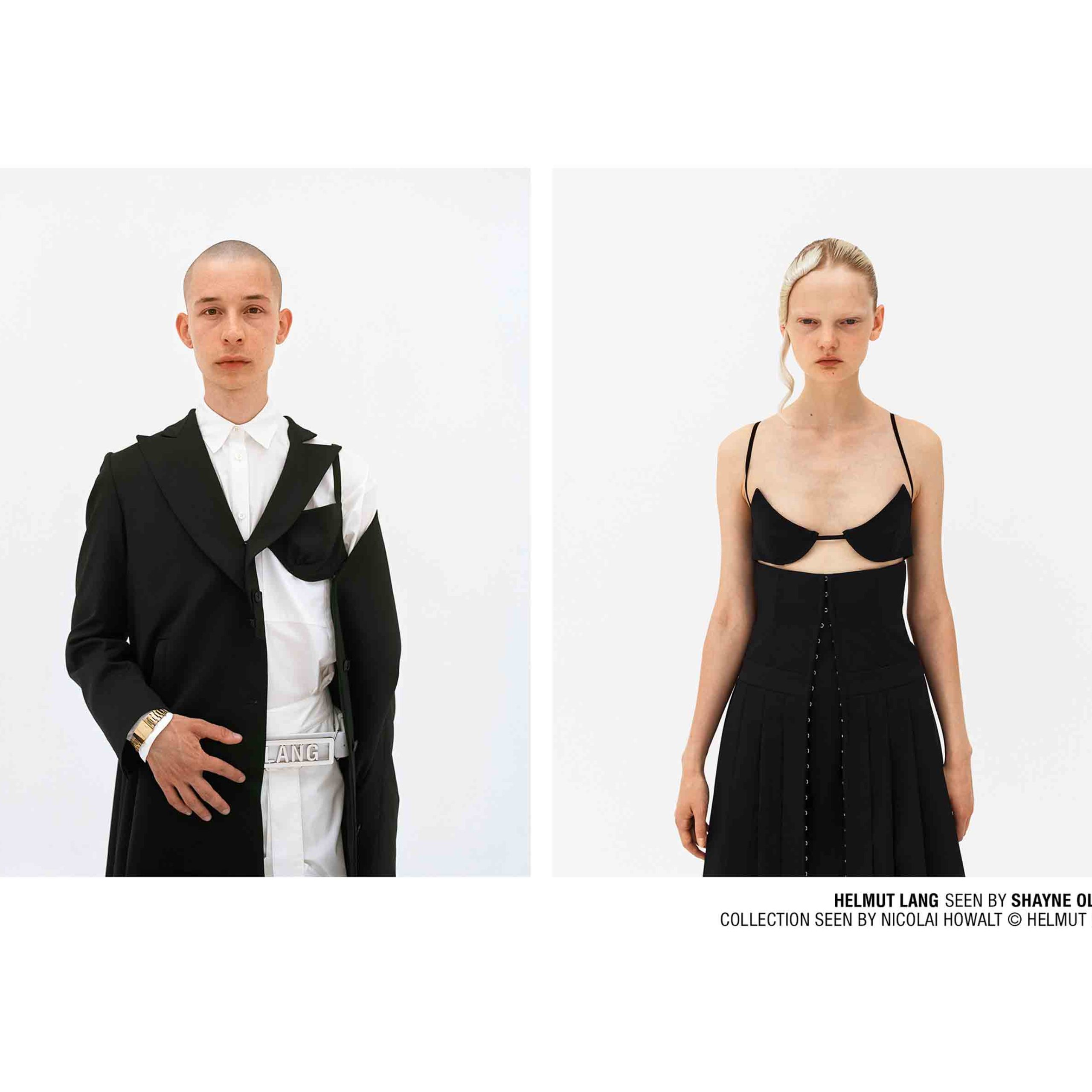
HBA and its runway shows were conceived as performances that critiqued fashion. Has this critical and performative aspect found its way into your work for Helmut Lang ?
A lot of the things that I put out on the table over the years are now trendy topics, and I wanted to step away from this false political aspect that everyone has in fashion right now. I think it’s great that people are starting to un-train consumers, but it’s almost another version of entitlement, being able to say something like that. So I wanted to move away from that and do something that’s romantic, and not political. To me, in fashion, doing a collection and giving all the profit to a cause, that’s political. You can’t be a major brand and have slogans about politics when the structure of your brand is not going towards the effectiveness of that meaning. For example, I don’t see anyone designing anything that’s feminist. I see everyone saying it, but I don’t see any products being made. I just see people regurgitating designs that aren’t feminist. That’s where the giant bra in my collection came from: accentuating a woman’s anatomy. I felt that was the most political statement I made in this collection. I don’t really feel like I have any solutions to the problem of politics and fashion, so for the time being my standard is to be at a minimum. It’s good to take a moment and do something that feels standard, so that you know and understand what’s frivolous in a social way.
Is this also why you came back to tailoring, at a time when everyone else is jumping on the streetwear bandwagon?
Yes, we’re at a moment where you wonder, “Are you into streetwear because you’re favouring the new and the next, or just because that’s where the money’s going? Do you really believe in the idea of diversity in fashion?” Today everyone is becoming a brand, there are no more designers. I don’t think that’s a problem, but I just think that you can’t call things fashion when there are no designers. No one is saying, “This is what I designed this season, you can buy into it.” It’s the other way around: “Look what I’m implementing into these criteria, buy into this because this is actually just a brand.” People forget that the aesthetics that someone created are for a reason, and if you don’t like it then you shouldn’t be buying the brand in general. That’s why ever yone adapting streetwear feels inorganic and cheap. I don’t see anyone doing it in a demanding, highbrow way. They know what it looks like, but they don’t really understand it. Right now streetwear is no cooler than it was in the 90s when people were actually wearing it. I don’t see anyone taking it to the next level, except a few specific designers. So in my collection for Helmut Lang, it was all about keeping it in the tailored world. Yes you can buy a T-shirt and hoodies, but I don’t even think it was necessary to show them on the runway. And most of the brands that adapt streetwear today shouldn’t be showing it on the runway either: they don’t have the precision that makes it important.
And what about all the Helmut Lang logos you played with?
There was so much to play with! But everyone has referenced Helmut Lang so much, including myself. At some point, for example, we wanted to reference his Mapplethorpe vibe, but realized it looked like a collection that Raf Simons did before. So we just chose to do the most basic things, rewriting Helmut Lang’s name like a little child. Very primary things seemed to be the point.
“When you’re a young designer taking over a house that was created by one of the great names of couture, you really have to be strong.”
PHOTO

Helmut Lang’s current structure is quite experimental, with an editor in residence, Isabella Burley, and guest designers. Do you feel this is relevant?
Yes. It was interesting for me to take the risk of doing something that hasn’t been done, but with someone else’s project. It was good to be there at the beginning. In the future it will be great if it really goes into this idea of curation. Isabella has done great examples of that with the capsule collection that recreates pieces by Helmut Lang, and I think other brands will start to do their own version of this. Isabella is smart enough to keep it going in a good way. As for me, I began working on the holiday collection, with the Helmut logo, then a preview collection that was shown in July and released at the end of November. The third instalment will be the spring/summer 2018 collection that was in the New York show. As I begin to progress as a solo designer, I’m open to other projects. I don’t know how demanding the next ones will be, but I’m totally into it. I’m confident about the process – as long as I’m working under a designer I respect, of course. It helps me to grow up as a designer.
Do you think this idea of guest designers is a solution to the constant coming and going of artistic directors that we’ve been seeing at the big houses over the past few years?
Yeah I know, the pace is crazy. At first I didn’t have a problem with it because, well, that’s the way the world goes. But then I started to realize that sometimes, after some designers have worked at a house, they don’t have a second chance, you know what I mean? Their name has become synonymous with a brand – it can be hard to break the visual identity that people associate with you. So I think that for me, what’s really cool is what Nicolas Ghesquière did at the beginning of Balenciaga, because he grew the house to the level where it is today. That’s why he was able to move on to Louis Vuitton. When you’re a young designer taking over a house that was created by one of the great names of couture, you really have to be strong. It doesn’t mean it’s impossible – some people can do it. It’s more about having the time to mature something that’s relevant. Today, a lot of the things we’re seeing are consumer-ready, but not really relevant. That’s what worries me. Of course you have to sell, but the challenge of fashion is to be able to do something that sells but that is also relevant.
